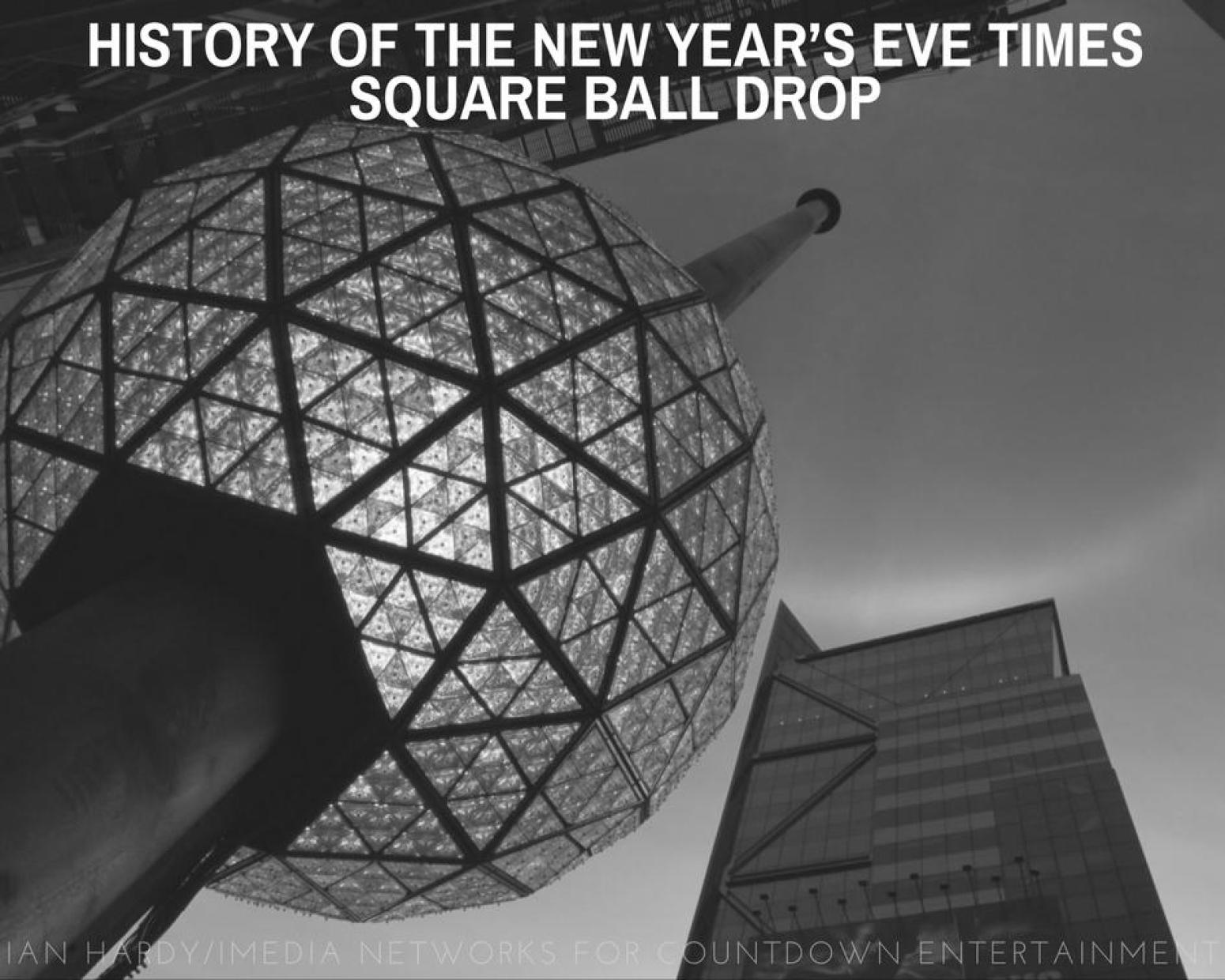When thinking about New Year’s Eve, most people immediately think about New York’s Times Square’s ball drop. Have you ever wondered how that tradition started and how it became the official face of the New Year’s celebration in the US?
The tradition of dropping a giant ball raised high into the sky to mark the passage of time was actually quite common in the 1800’s.
“Time balls” were installed near many ports and cities. They were scheduled to fall at the same time each day in order to help keep a standardized time.
Often it was lit up and hung high on a flagpole so that the fishermen and captains could see it. They could then set their navigation tools and time according to the drop, a very important necessity back then.
Adolph Ochs became the publisher of The New York Times newspaper in the late 1890’s. It is because of him that The New York Times offices were moved to a new building which eventually led to the name Times Square.
On New Year’s Eve in New York, Typically, people would gather on Wall Street at Holy Trinity church where the ringing of the bells was said to “ring in the new and out the old.” In 1904, Ochs began setting off fireworks in the square to draw people away from the traditional celebration.
In 1907 he couldn’t get the permit needed for fireworks, so he had a 700-pound iron and wood ball built for the show instead. The first ball to make the descent was 5 feet in diameter and lit with 100 25-Watt light bulbs.
The ball drop has been a part of American culture every year since 1907, except for two years during World War II. While people still gathered, no fireworks or ball drop occurred. Only the bells of the Holy Trinity church could he heard once again.
Every year the ball becomes more adorned and more glamorous and Time Square has now become a destination for people from all over the world.
A permanent Waterford Crystal ball has been installed weighing six tons, is 12 feet in diameter and features over 32,000 LED lights. It captures the hearts of millions filling them with excitement and hope for the possibilities of the New Year.
